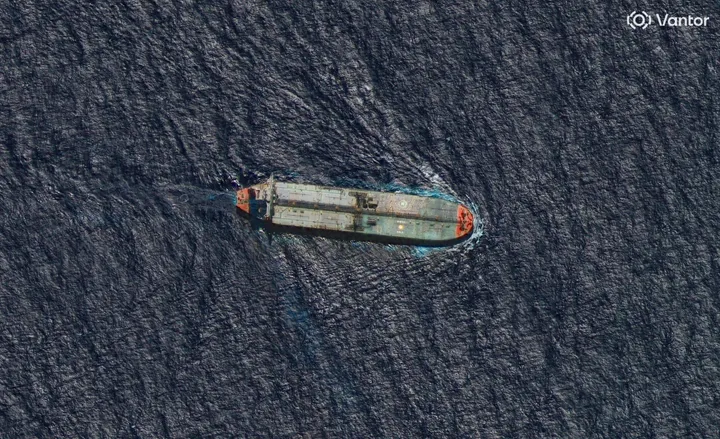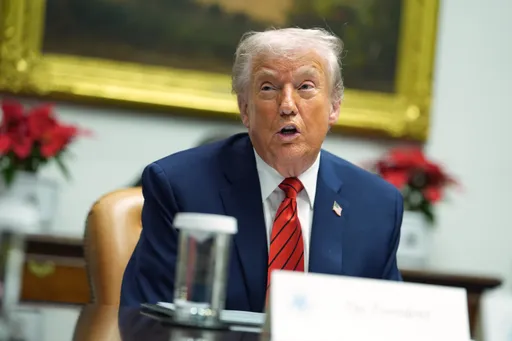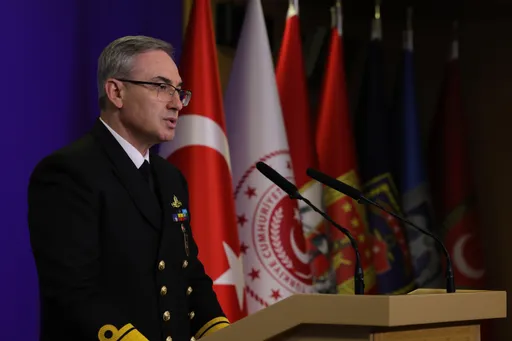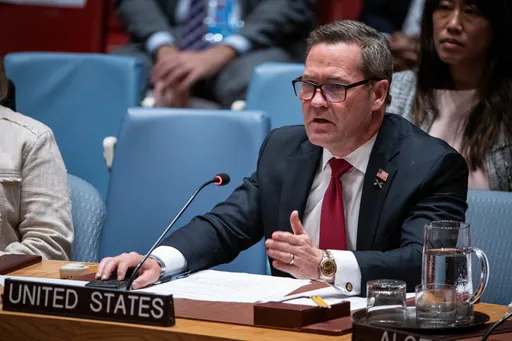The Covid-19 pandemic is fizzling out – or that's how it appears in a few countries and even there it is likely a short-lived remission.
For a majority of the world, inoculation campaigns are sluggish, infections are rising and newer, more contagious variants are developing – some of which could reduce the efficacy of vaccines.
Poorer countries have started inoculation campaigns, largely thanks to the Covax programme led by Gavi, the Vaccine Alliance, the Coalition for Epidemic Preparedness Innovations and the World Health Organization. Covax committed 45 million doses up to the end of 2021, and deliveries were meant to start in March. However, India, making a total of 90 million doses of Covishield, the local version of AstraZeneca, and Covaxin, halted exports due to its worsening virus surge.
Yet inoculation is still largely a privilege of high-income countries, home to 16 percent of the world's population, administering 47 percent of vaccine doses.
The way things are going, the world’s poorest nations will not reach 60 percent vaccination by at least 2023, moving at a rate too low and slow to curb the spread of the virus.
So, why are there disparities?
Remember when people started hoarding necessary household items like toilet paper and canned goods at the beginning of the pandemic? Rich countries have been doing that but with Covid-19 jabs.
It’s called vaccine hoarding and the WHO is not very happy about it, saying that it threatens the supply for the Covax programme for poor and middle-income countries.
Earlier on in the pandemic, wealthier nations began striking deals with their pharmaceutical companies, like Moderna and AstraZeneca, to purchase Covid-19 vaccines that had not even been approved yet.
The infusion of funding for vaccine research and development, worth millions, to drugmakers in their territories, gave the US, UK, and EU priority access to vaccines, pushing low-income countries down the procurement line.
This feeds into a dire situation where vaccines are quite scarce – to date 1 billion vaccine doses have been administered globally.
Compounding vaccine scarcity are patent restrictions on Covid-19 vaccines and drugs.
Last October, 100 countries backed a South African and Indian-led proposal to temporarily waive a World Trade Organization agreement on Trade-Related Aspects of Intellectual Property Rights (TRIPS) until the pandemic is over.
Vaccine development and manufacturing is concentrated within the hands of a few pharmaceutical companies. These firms hold a lot of power.
The PREP act in the US makes it impossible to sue companies producing vaccines over severe side-effects and even the Food and Drug Administration for authorising them.
Liability protection in contracts between the Trump administration and Moderna, Pfizer, AstraZeneca and Johnson & Johnson prevented the US from donating or selling vaccine surpluses or even the extra vaccine-making materials the companies might have.
The Biden administration overturned the move by opting to donate 60 million doses of the AstraZeneca vaccine to other countries.
Waiving the TRIPS agreement will pave the way for countries to scale up the production and distribution of vaccines and make them equitably available for more, but richer countries have rejected it.
READ MORE:Covid-19: For Western countries, sanctity of capitalism trumps human life
Diplomacy or redistribution?
In the absence of sufficient help from vaccine-hoarding countries, Russia and China have been stepping in to fill the gap in the name of vaccine diplomacy.
Shots developed by Chinese companies Sinopharm and Sinovac and the Sputnik V vaccine developed by Russia’s Gamaleya Research Institute of Epidemiology are not yet approved for emergency use by the WHO for the Covax programme.
There are concerns over the transparency of the trial data, especially with Sinopharm and Sinovac. Although a study by the Lancet found Sputnik V to be “safe and effective”, offering a 92 percent protection rate against the virus.
“Vaccine diplomacy is when you use a scarce medical resource, in this case a vaccine, to further your diplomatic influence and particularly in areas of geostrategic influence,” said Lawrence Gostin, professor of public health at Georgetown University.
According to The Economist, both countries have been shipping millions of shots to developing countries at the back of the vaccine queue, deals that “often come with economic or political strings attached”.
This can come in the form of access to valuable resources like minerals and land, securing support at the UN, better trade deals and new investment projects, The Economist says.
While the primary objective of vaccine diplomacy may be to shape global opinion, these countries are also seeking to win new friends and consolidate relations with old allies. An EU report, on the other hand, alleges these countries are playing a dirty game by seeking to sow mistrust in Western vaccines by pushing fake news online in multiple languages sensationalising safety concerns.
But vaccine diplomacy may have helped slow down inoculation campaigns in Russia and China.
Russia and China were “administering only 0.2 coronavirus shots per 100 people per day” in late April, according to The Economist.
READ MORE:Amnesty: Richest countries have ’near-monopoly of world’s vaccine supply
Shooting oneself in the foot
We should also remember that the Covid-19 vaccination campaign is the first of its size and scale in history.
With previous outbreaks, like SARS and MERS, funding for vaccines dried up as the virus became obsolete.
The personal fight against HIV/AIDS and malaria still continues for some, but the global one is dormant, crippled by a lack of funding and attention.
Never before have vaccines been developed, manufactured and approved so rapidly, millions vaccinated so quickly and so many countries involved in a global push to eradicate a virus.
But an every-state-for-herself approach has nowhere else to go but full-circle.
Without a coordinated global response to vaccine inequality, limited access to shots for the rest of the world will allow infections to spiral, new mutants to flourish and vaccination campaigns to become less effective.
Epidemiologists are warning that persistent low vaccine coverage could contribute actively to mutations which could roll back any progress made by inoculation campaigns within a year, Oxfam said. Low vaccine circulation means lower community protection from the virus, increasing opportunities for mutations to occur.
“Things might look good at a point in time in some countries where they have been able to get high penetration of vaccine coverage but they are going to remain susceptible to having these sort of variants imported into their countries eventually and they are probably going to start experiencing many outbreaks with this variant,” Shabir Madhi, a South African virologist, said.
“It would be a reckless act of self-mutilation,” Gabriel Scally, a visiting professor of public health at the University of Bristol, said about the UK government blocking patent waiver's for vaccines when he wrote forThe Guardian.
READ MORE: Are Chinese and Russian Covid-19 vaccines victims of prejudice?
























